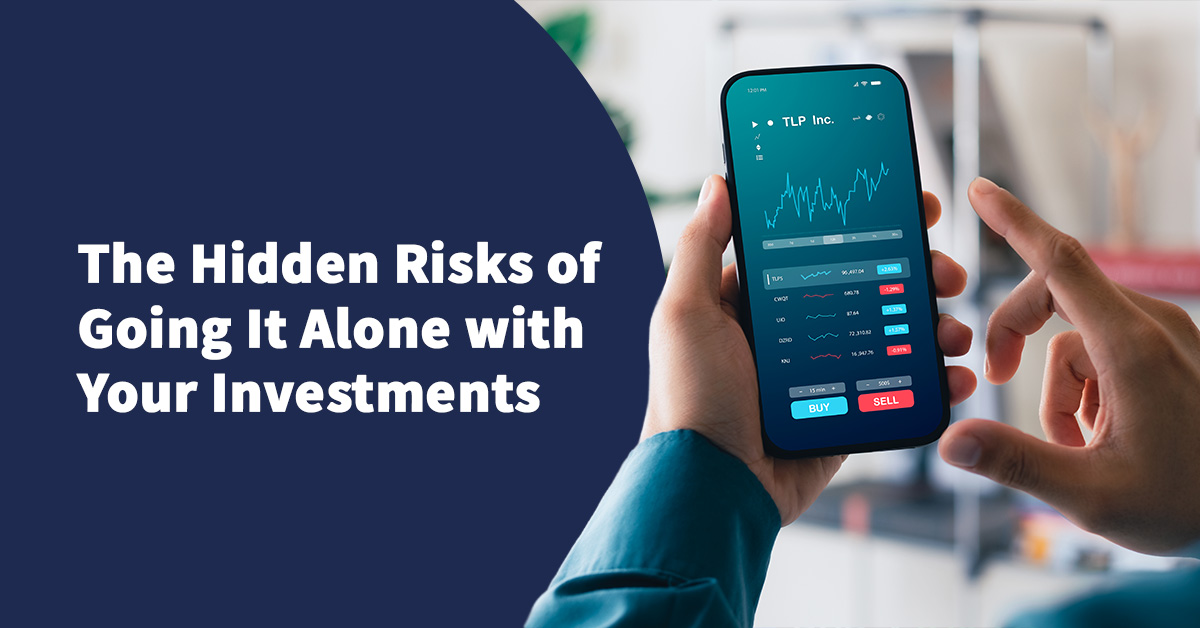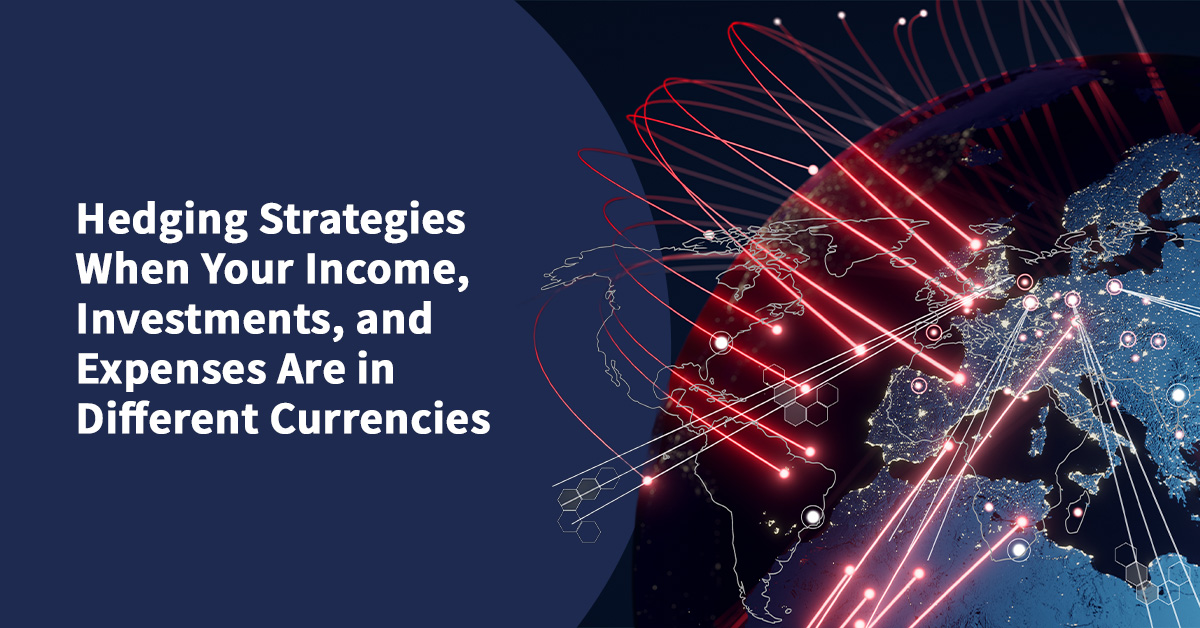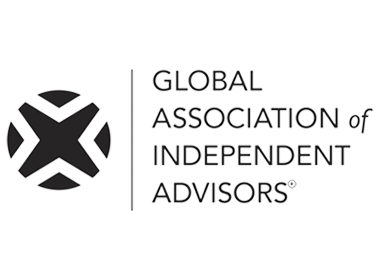I asked my trainer the other day, whether I should be taking certain supplements to help me on my quest to get healthier. Nothing out of the ordinary.
You know the ones: This one for your joints, that one for your heart, this one for your mood, this one will help you sleep, Oh and that one to make you rich (Okay, so maybe not the last one). But the point is, I was just looking for some sort of affirmation that I should be spending my money on these things and that they will make me look and feel better.
They are supplements which can be easily purchased, and are so heavily advertised across all media they MUST be ‘good for you’. Mustn’t they?
And so I thought I already knew his answer – I simply thought he would say “Yeah sure you can pop a few of those every day – See if they help”
But his retort wasn’t what I expected. His answer made me stop to think………………
Andy (that’s the trainer, by the way) said:
“Actually I’m not sure about that. There is no real evidence to suggest they work or make a difference”
Andy went onto say – “I don’t like to recommend anything to my clients that is not backed up by evidence”.
“When I work with my clients, I adopt an evidenced based approach”
It’s all about having an evidence based approach
Just like technology improves year on year and better gadgets become available, so too are different industries becoming better and more efficient at providing services, improving on products, and in turn giving consumers and the public better results.
The reason behind this?
They have adopted an ‘Evidence Based Approach’.
And it seems like it is the key to success across all sorts of industries, be it health and personal training, education, social work, policing and of course investing. The list goes on.
So what exactly is the evidence based approach?
Evidence-based is an approach that tries to specify the way in which professionals or other decision-makers should make decisions by identifying such evidence that there may be for a practice/ way of working and rating it according to how scientifically sound it may be. Its goal is to eliminate unsound or excessively risky practices in favor of those that have better outcomes.
It can encapsulate various methods of research, data and analysis and it encourages professionals and companies to use the best evidence possible, i.e., the most appropriate information available.
Evidence based policing
And so with the police force -Evidence-based policing is a method of making decisions about “what works” in policing: Which practices and strategies accomplish police missions most cost-effectively. In contrast to basing decisions on theory, assumptions, tradition, or convention, an evidence-based approach continuously tests hypotheses with empirical research findings.
The term “Evidence-Based Policing” originates from a 1998 Police Foundation “Ideas in American Policing” lecture and subsequent publication by world-renowned criminologist Lawrence Sherman. Since Sherman coined the term, much work has been done to try and apply scientific methods as organizational philosophy and operating principles.
In his seminal work on the topic, Sherman defines evidence-based policing as “the use of the best available research on the outcomes of police work to implement guidelines and evaluate units and officers. Evaluation of ongoing police operations is important because it can link research-based strategies to improved public safety outcomes, allowing police agencies to move beyond a reactive, response-driven approach and get smarter about crime control
Evidence-based policing leverages the investment in police and criminal justice research to help develop, implement and evaluate proactive crime-fighting strategies. It is an approach to controlling crime and disorder that promises to be more effective and less expensive than the traditional response-driven models.
Evidence based education
If an educational strategy is evidence-based, data-based, or research-based, educators compile, analyze, and use objective evidence to inform the design an academic program or guide the modification of instructional techniques.
For example, ninth-grade teachers in a high school may systematically review academic data on incoming students to determine which students may need some form of specialized assistance and which students may be at greater risk of dropping out or struggling academically. By looking at absenteeism, disciplinary infractions, and course-failure rates during middle school, teachers can identify students who are more likely to struggle in ninth grade, and they can then proactively prepare academic programs,
Evidence-based education operates at two levels. The first utilizes existing evidence from worldwide research and literature on education and associated subjects.
The second level establishes sound evidence, where existing evidence is lacking or of a questionable, uncertain, or weak nature.
Evidenced based social services
In social services, the world is just beginning to understand what evidence-based practice models can look like. Resources such as the Promising Practices Network are helping organizations begin to look at how to create evidence-based practice models that meet the highest standards currently set in the industry. It is all about the ability to collect and analyze data. And then working with this data to improve services. the result – enabling even better outcomes for clients through the use of evidence based case management and other evidence-based practices.
Evidenced based investing
And so to the world of investing…………………………………..
The same theory prevails. Evidence-based investing It is not based on complex formulas, or worse still pure guess- work. Evidence-based investing aims to capture the returns of the market through a low-cost, diversified and long-term investment strategy.
Beginning in the 1950’s, academic researchers began to apply scientific methods to the study of finance and markets. Over the course of the next several decades, from this enormous body of work, EBI was born, and today’s fortunate investors are able to benefit from this valuable research.
The “evidence” in evidence-based investment comes from decades of economic research. Which provides a set of guidelines to help investors and financial advisors use the research in their portfolios. Enabling them to avoid inadequate strategies, and reinforce the ability to grow assets over the long term.
Most investing can be considered, either: emotional, reactionary or noise-driven. Investors often hunger for an inside scoop on what the market will do based on an event, be it a real event or imagined. However one of the keys to investment success is, quite simply, to avoid the noise. The constant drumbeat of extraneous information and actions based upon this noise is considered behavioral. Evidence-based investing is essentially the opposite of behavioral investing.
It should be a fundamental analysis, key cog for any investor. If you aren’t conducting fundamental analysis, you are simply investing blind. Evidence investing takes this even one step further. It’s about making decisions based on facts rather than emotions.
Think of yourself as Sherlock Holmes. You have a number of pieces to a puzzle and clues. You need to find the right answer. Once. You only have one chance to find the right answer and make a claim.
There are a million factors that will influence an investment on any given timeframe. Here are some core factors
- Macroeconomic Influences
- Valuation Factors
- Competition
- Underlying Financial Issues
- Capital Structure Issues
There are hundreds of other factors that influence our investment decision process. However, one thing that is certain, the above five important investing influences nearly all five can be controlled by a thorough evidence-based and fact-finding approach to investing.
There is now a growing movement among the financial advice profession and among investors to base decisions on what has been shown to work in a disciplined approach to asset management. So that where others would use forecasts, relationships or emotions to guide their decisions, practitioners of evidence based investing, or EBI as it is sometimes referrred to is substituted for facts, logic and reason.
It’s about making decisions based on things that we know are factually true rather than guess work.
The origins of evidence based investing parallel evidence-based medicine. This method essentially accepted research to optimize the decision-making thought process for the best outcome for the patient.
Sticking to the medical thesis, why would a doctor recommend a different, more costly solution if the current path to wellness has been proven time and again?
Investing/finance has its own journals, its own literature, its own studies, and its own data. Just like medicine, there is a science to it.
So evidence based investing in the investing world, translates to a goal of using current evidence to help maximize an individual’s investment returns while minimizing risk from market downturns.
In more simplistic terms, evidence-based investing means that whatever you decide to do, make sure you have an evidence-based reason for doing it, and always be prepared to amend your plan when the evidence necessitates a change.
I am still looking into the evidence behind my cabinet full of supplements!
.
Let’s start the conversation
Online enquiry form
Related posts
 Published On: November 14, 2025|5 min read|
Published On: November 14, 2025|5 min read|The Hidden Risks of Going It Alone with Your Investments
Many people start trading their life savings after reading a few investment books or watching online tutorials. Here’s why that can be dangerous — and when it’s perfectly fine to trade with spare money instead.
Read more
 Published On: October 16, 2025|4.6 min read|
Published On: October 16, 2025|4.6 min read|Hedging Strategies When Your Income, Investments, and Expenses Are in Different Currencies
Practical hedging strategies for multi-currency investors: natural hedges, sensible hedge ratios, forwards, multicurrency cash buckets, and when to use hedged funds—so FX risk doesn’t derail your goals.
Read more
 Published On: October 9, 2025|9.3 min read|
Published On: October 9, 2025|9.3 min read|Offshore Bonds Explained: The Ultimate Guide to Tax Benefits, Trust Planning & Investment Flexibility
Discover how offshore bonds work, their tax advantages, trust planning opportunities, charges, and whether they’re right for your financial plan.
Read more















